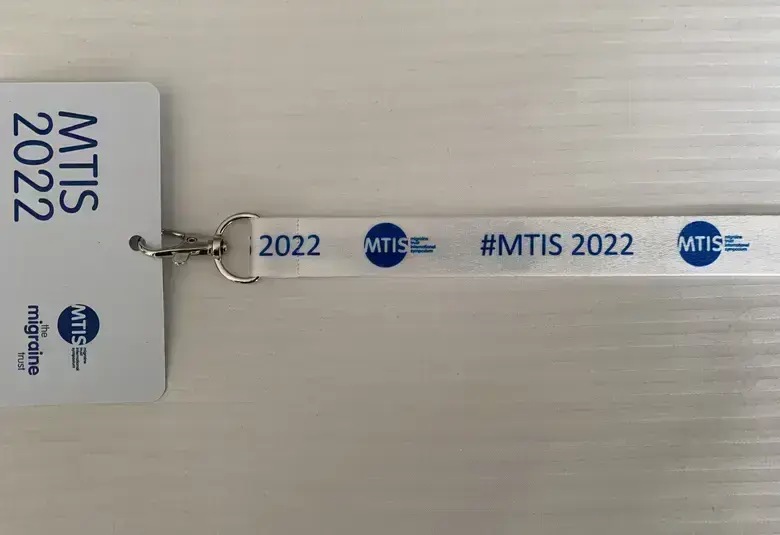Adherence to antipsychotic medication helps in achieving the best possible outcomes for patients with schizophrenia but is often challenging for many reasons. Factors contributing to nonadherence and strategies to address them, including shared-decision making through patient-centered communication and motivational interviewing, were highlighted by Leslie Citrome of New York Medical College Valhalla, New York, and Christoph Correll of Hofstra Northwell School of Medicine, New York, at Psych Congress 2019.
Poor adherence drives poor outcomes
Poor adherence to antipsychotic medication is common and can be mistaken for treatment resistance, leading to unnecessary increases in dose or changes in the treatment regimen. A variety of specific contributory factors to poor adherence have been identified, differ for different patients, and can change over time, explained Professor Citrome.1
Poor adherence to antipsychotic medication is common and can be mistaken for treatment resistance
Interventions to target the factors contributing to poor adherence include:
- motivational interviewing to enhance patient–psychiatrist communication
- medication boxes in obvious locations, self-monitoring tools, and establishment of routines to address logistic issues in taking medication every day
- a long-acting injectable (LAI) antipsychotic instead of daily administration of medication for the patient
A combination of interventions may be required.
Psychiatrist vs patient attitudes to LAI
Patients have their own preferences and values about which symptoms and adverse effects are important to them, and they do not necessarily align with those of psychiatrists, said Professor Correll.
Only 9% of psychiatrists presenting LAIs to patients focused on positive aspects
Mental health professionals overestimate their patients’ fears of LAIs such as pain, embarrassment, stigma, and the expressed fears exceed the actual experiences of patients already on LAIs.2
The mismatch between the preferences of psychiatrists and patients has been highlighted in a number of studies:
- an analysis of the language used by 33 psychiatrists when offering patients LAI revealed that most psychiatrists presented LAI therapy in a negative light and as a result only 11 patients accepted the offer — but at a post-visit interview, 27 of 28 patients (96%) who seemed to decline the initial recommendation wanted to try LAI3
- a survey of 350 psychiatrists revealed a generally negative attitude towards prescribing first- or second-generation depot antipsychotic treatment — the most important factor for opposing depot prescription was presumed sufficient adherence with oral therapy while other reasons, including patient refusal and poorer control than with oral drug therapy, were generally not supported by evidence4
- 206 patients with schizophrenia who had received at least 3 months’ treatment with typical or atypical LAI preferred LAI over other formulations — in addition, 70% felt better supported in their illness due to their regular contact with the healthcare professional who administered their injection5
Engaging patients in their treatment requires care in how psychiatrists communicate
Patient “buy-in” is key in promoting adherence and depends on effective communication
A patient’s “buy-in” is key in promoting adherence and depends on effective communication between the psychiatrist and patient about different interventions to ensure adherence, said Professor Citrome. Shared decision-making is the aim.
However, two-thirds of patients without LAI experience say they have never been informed about the option of LAI by their psychiatrist.6
Motivational interviewing can enhance patient–psychiatrist communication, said Professor Correll. Its basic premise is that a patient’s ambivalence to change is normal and that all patients vary in their readiness to change. He highlighted the need to make use of open-ended questions, reflective listening, and “RULE” as follows:
Two-thirds of patients without LAI experience say they have never been informed about the option of LAI
- Resist making too many suggestions
- Understand the patient’s motivation
- Listen with a patient-centered empathic approach
- Empower the patient7
This session was supported by an educational grant from Alkermes, Inc.
Our correspondent’s highlights from the symposium are meant as a fair representation of the scientific content presented. The views and opinions expressed on this page do not necessarily reflect those of Lundbeck.




